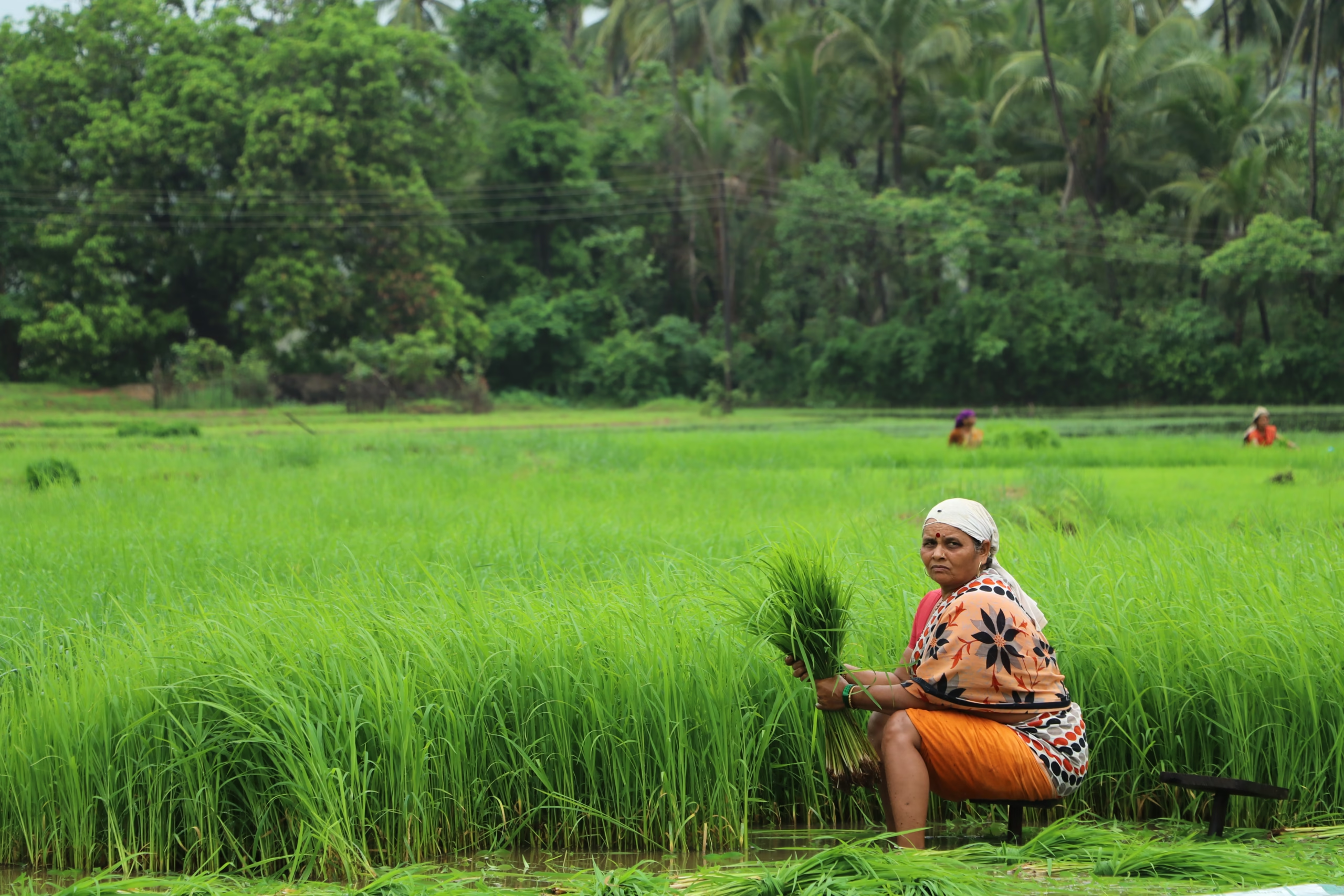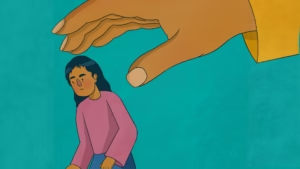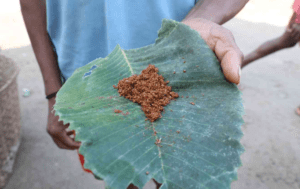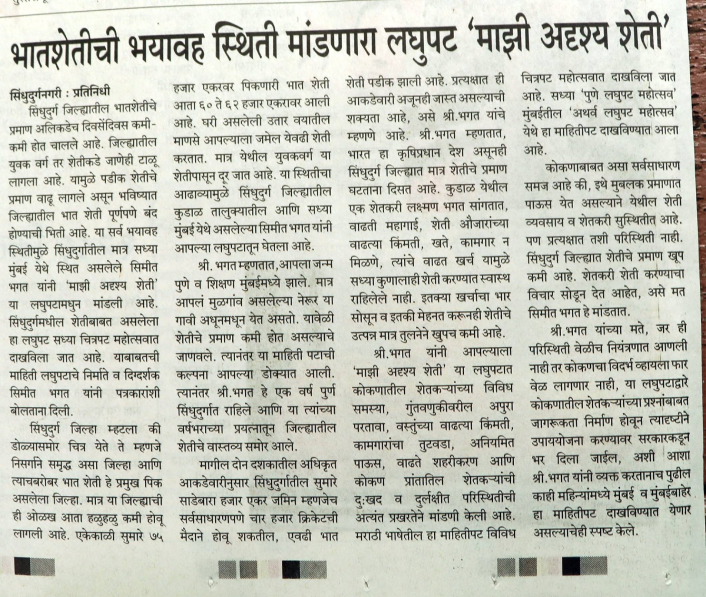Children line up, eyes wide, uncertain, some coached to smile. Not for food or aid, but for the camera. A volunteer in a bright vest gestures for them to come forward one at a time. In the background, mothers clutch tightly to their saris, watching. One child is reluctant. The camera lowers slightly. “Smile,” says the photographer.
No one asks the child if he wants his picture taken. No one explains where the photo will go. But it will go far – on posters, reports, maybe a fundraising campaign. It will say “hope” or “resilience.” Or perhaps it will just say “poor.”
This scene, familiar in too many humanitarian settings, isn’t always born from ill intent. Often, it comes from a desire to capture impact, to communicate urgency. But when photography becomes a transaction—something done to a person, rather than with them—it can easily tip into harm. And that harm often hides behind a single word: consent.
The Problem With “Say Cheese”
Photographers hold extraordinary power. A single image can move people to donate, protest, or look away. But when the subject is a vulnerable person—often a child, a refugee, a survivor of abuse—that power becomes a responsibility. And yet, in the name of visibility or storytelling, consent in photography is often rushed, misunderstood, or worse, ignored.
Award-winning freelance photographer Ben Buckland, who works with human rights and humanitarian organisations and serves as a Senior Adviser at the Association for the Prevention of Torture (APT), has spoken extensively on this subject of consent for photography. Drawing from his experience photographing in prisons and police custody, Buckland urges photographers to “take the time.” Understand the cultural context. Ask: Am I the right person to take this photo? And if the answer is no, step back.
Take the time. Understand the cultural context. Ask: Am I the right person to take this photo? And if the answer is no, step back.
His video series on photography ethics outlines six core principles, with consent at the heart. But Buckland warns that consent isn’t a form—it’s a process. “It’s just as manipulative to assume someone can’t give consent,” he says, “as it is to assume they can.”
That nuance is especially critical in development settings. As Savannah Dodd, founder of the Photography Ethics Centre, argues in her article “Informed Consent and How to Fix It,” power dynamics often make consent murky. A person receiving healthcare, food, or shelter from a nonprofit may feel unable to say no—fearing that refusing a photo could mean losing support. That’s not informed consent. “If they can’t easily say no,” Dodd writes, “it isn’t consent.”
Yet Dodd doesn’t argue that we abandon consent altogether. Quite the opposite. She insists that NGOs must work harder to communicate clearly. Instead of saying, “Can we use your photo on social media?”—say, “Your photo might be seen by people around the world. Are you comfortable with that?” If someone doesn’t know what the internet is, it’s our job to explain—not exclude.
The Faces We Show—and the Ones We Don’t
When NGOs skip over informed consent, the result often shows in the image itself. It’s not just an ethical lapse—it’s a storytelling failure. The photo may show a starving child, a dilapidated hut, a mother crying into her hands. But it won’t show dignity. It won’t show the full story.
Consider the powerful contrast offered by Unite for Sight, a global nonprofit that supports eye care delivery in Ghana, Honduras, and India. In their ethics training module, they describe a photo experiment by Engineers Without Borders Canada. In it, Edward Kabzela, a successful tobacco farmer and mechanic from Malawi, is asked to pose twice—once as “poor” and once as “rich.” The photos look like they show two different people.
Edward says NGOs often only photograph villagers who look destitute. “At church, at the market, on the road,” he says, “only people who are dressed poorly.” This selective framing distorts reality. It tells a story that fits a funding pitch—not the truth of a community’s strength and complexity.
Selective framing distorts reality. It tells a story that fits a funding pitch—not the truth of a community’s strength and complexity.
This is what’s often referred to as poverty porn. These images reduce people to problems: dirty, crying, hungry. And while they may raise donations, they also reinforce stereotypes and rob people of dignity. As Unite for Sight notes, these images may make donors feel charitable—but they make the subjects feel small.
The Power of Showing Less
So what does ethical photography or photography with consent look like?
Sometimes, it means pausing before you click.
That’s what photographer Prashant Nakwe, formerly a photo editor at The Hindu, shares on Episode 4 of our podcast series Stories of Change by Simit Bhagat Studios. Prashant speaks of the importance of relationship-building before the camera comes out. “Once they are friendly with you,” he says, “you naturally get a good image.”
He also advises NGOs to avoid “wedding photo” documentation—those rigid, staged group shots after an activity, where everyone is made to smile and hold a kit. Instead, tell the story in a way that’s real, even if it means showing someone from behind, or capturing only their hands. “You don’t always need to show the face,” he reminds us. “You can show their story without showing their identity.”
Tell the story in a way that’s real, even if it means showing someone from behind, or capturing only their hands. You can show their story without showing their identity.
This is echoed by Buckland and Dodd, who both suggest creative alternatives when identity is sensitive—silhouettes, shadows, objects, or even drawings. As Dodd puts it, “Ethics don’t dilute storytelling—they deepen it.”
It’s About More Than Just the Click
Consent doesn’t end when the photo is taken. It extends to how images are edited, captioned, and used. As The Nonprofit Leader—a US-based resource centre for nonprofit communications—advises, visuals should be accompanied by context. Captions must be accurate. Names should be spelled right. And organisations must think carefully: what values are these images communicating?
Better yet, they recommend drafting a clear photography and video policy. Such a policy helps teams decide what situations are appropriate to photograph, how identities will be protected, and who is responsible for making final decisions. It’s not just about protecting the organisation—it’s about respecting the people whose stories you share.
The Hardest Part Is Also the Most Necessary
Doing all this takes time. Training field staff, building rapport, translating consent in plain language, offering options for how an image may be used—none of it is quick. But none of it is optional either.
Photographers need to be ethically literate. NGOs must stop thinking of documentation as a box to tick. And donors, too, must learn to value nuance over sensationalism.
Because at the end of the day, every photo taken by a nonprofit is more than just an image—it’s a relationship. And every person in that photo is more than a symbol. They are a story, a life, a choice.
And the least we can do is ask.
Want to explore how real stories—not just images—drive lasting impact?
At Simit Bhagat Studios, we believe ethical, human-centred narratives can shift systems—not just hearts. Subscribe to our newsletter for honest insights, visual storytelling strategies, and tools that help nonprofits communicate with dignity, clarity, and real impact.











